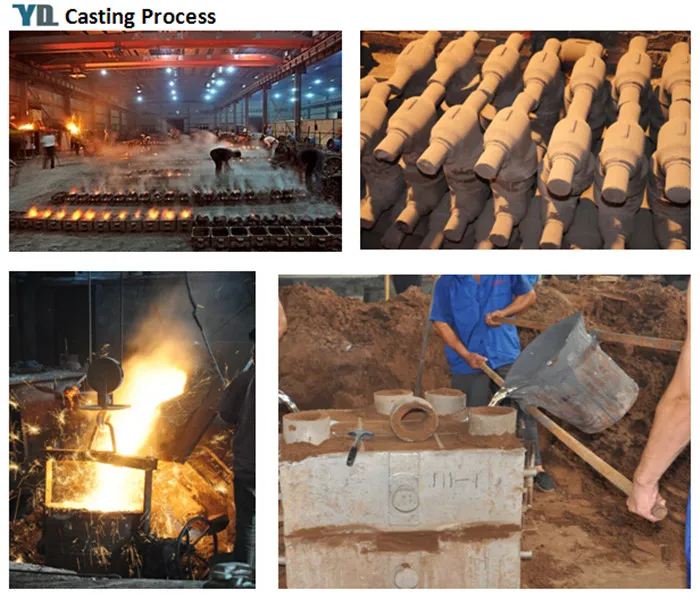Mobile:+86-311-808-126-83
Email:info@ydcastings.com
bend connector
Understanding Bend Connectors Importance and Applications
Bend connectors play an essential role in various industries, particularly in architecture, construction, and engineering. They are specifically designed to facilitate the transition between two segments of piping, tubing, or other conduits while accommodating changes in direction. This article will explore the significance of bend connectors, their uses, and the advantages they offer.
What are Bend Connectors?
Bend connectors, sometimes referred to as elbow connectors, are fittings that allow pipes or tubes to change direction without compromising flow or structural integrity. These connectors come in various angles, with 90-degree and 45-degree bends being the most common. They can be made from different materials, including metal, plastic, and rubber, depending on the application and required durability.
Importance in Various Industries
In the construction industry, bend connectors are vital for plumbing systems, HVAC installations, and electrical conduit systems. In plumbing, for example, they ensure that water flow is maintained efficiently while allowing pipes to navigate around walls or other obstacles. Similarly, in HVAC systems, bend connectors allow for the routing of ductwork to optimize air distribution while minimizing energy loss.
In electrical applications, bend connectors are crucial for organizing and protecting wiring systems. They provide a neat and secure way to manage cables while preventing wear and tear due to friction or sharp edges. Moreover, in industrial settings, bend connectors assist in the smooth operation of complex systems, such as those found in manufacturing plants, where fluids or gases need to be transported through a maze of pipes.
bend connector

Benefits of Bend Connectors
One of the primary benefits of using bend connectors is their ability to maintain a consistent flow rate. Bend connectors are engineered to reduce turbulence, which can negatively affect the performance of fluid or gas transfer. By creating smoother transitions, these connectors help ensure that pressure drops are minimal, leading to more efficient systems.
Additionally, bend connectors enhance the durability and longevity of piping systems. By redirecting flow around obstacles, they significantly decrease the chances of wear and breakdown. This reliability is especially crucial in high-pressure applications, where the failure of a single component can lead to catastrophic results.
Furthermore, flexibility in design options allows engineers and designers to customize bend connectors to fit specific needs, whether it's a tight corner in a building or a large industrial assembly line. This adaptability not only makes installation easier but also allows for future modifications without extensive redesign efforts.
Conclusion
In conclusion, bend connectors are an indispensable component across various industries, enabling the efficient and effective routing of pipes, tubes, and conduits. Their ability to provide smooth transitions, maintain flow rates, and enhance the durability of systems makes them essential for modern infrastructure. As technology advances and industries evolve, the importance of reliable and efficient bend connectors will only continue to grow, solidifying their role in both everyday applications and complex industrial systems.
-
Why Should You Invest in Superior Pump Castings for Your Equipment?NewsJun.09,2025
-
Unlock Performance Potential with Stainless Impellers and Aluminum End CapsNewsJun.09,2025
-
Revolutionize Your Machinery with Superior Cast Iron and Aluminum ComponentsNewsJun.09,2025
-
Revolutionize Fluid Dynamics with Premium Pump ComponentsNewsJun.09,2025
-
Optimizing Industrial Systems with Essential Valve ComponentsNewsJun.09,2025
-
Elevate Grid Efficiency with High-Precision Power CastingsNewsJun.09,2025











